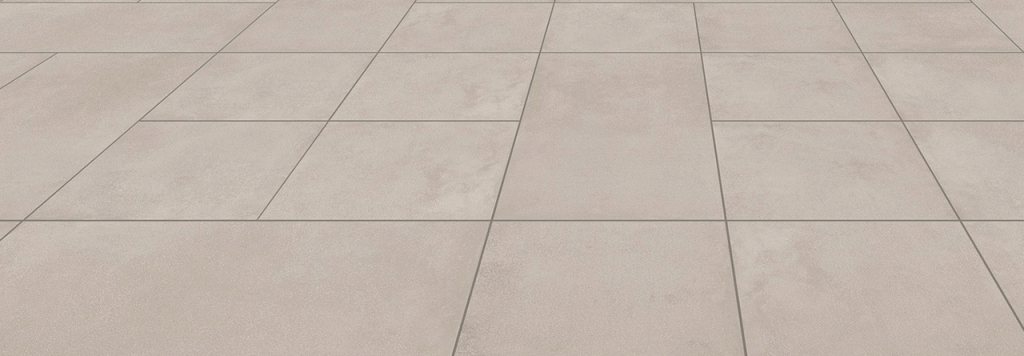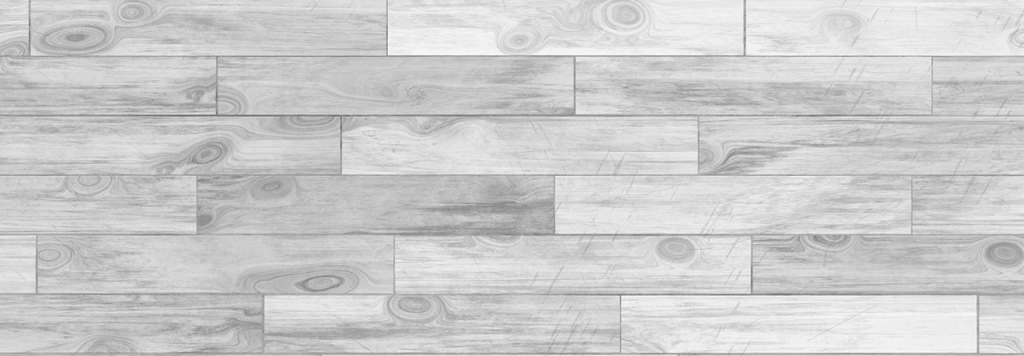Homes such as cabins that do not have electricity oftentimes are exposed to extreme temperatures. While these homeowners utilize other power sources, such as solar and wind, they still struggle to keep their homes the right temperature.
With that said, it is crucial that the home is equipped with flooring that can withstand these temperature changes.
The best flooring for extreme temperature changes includes laminate, sheet linoleum, stone or ceramic tiles and click-lock real wood.
Below, you will discover more information about these types of flooring.
Flooring Options
Ultimately, there are plenty of flooring types that can deal with the extreme temperature changes exceptionally well. Some of the best will be explored in greater depth below.
Ceramic Tile

Ceramic tile is extremely popular among homeowners around the world. The popularity of this tile is due to its durability.
Other benefits of ceramic tile are water resistance, low maintenance, endless design options and affordability.
Like any other type of flooring, ceramic tile also has some disadvantages as well. Some of these disadvantages include heavy, surface is cold and needs to be sealed.
If you own a home that is exposed to extreme temperature changes, you will not go wrong with ceramic tile. You can choose from hundreds of designs and complete the installation without breaking the bank.
Sheet Linoleum
Contrary to belief, sheet linoleum should not be compared to vinyl flooring. Vinyl tile is constructed from polyvinyl chloride, also known as PVC, chips. Sheet linoleum, on the other hand, is made of a variety of renewable materials, giving it a more-natural construction. Some of these materials include tree resins, cork dust, linseed oil, mineral pigments and recycled wood flour.
To give sheet linoleum more durability, manufacturers apply the renewable materials to a backing made of canvas. Some manufacturers utilize a jute, spun vegetable fibers, instead of a canvas backing. Both options work great in ensuring longevity.
Sheet linoleum has many advantages, including water-resistant, affordable, endless design options and low maintenance. If you are going to be installing sheet linoleum in a home that is exposed to extreme temperature changes, it is best to choose a heavy gauge design.
Laminate

Laminate is another great option for homes exposed to extreme temperatures changes. This type of flooring has many advantages. These advantages include easy installation, extremely durable, affordable, can be installed on just about any kind of subfloor.
Laminate is available in a variety of finishes, including cement gray, sand gray, honey brown, smokey gray and many more. Homeowners can also choose from different thicknesses, plant styles, surface treatments and colors.
This is the ideal flooring for homes that are exposed to changes in extreme temperatures. It is also a good option for people respiratory diseases, such as asthma and Chronic Obstruction Pulmonary Disease, better known as COPD. Laminate flooring, when installed correctly, does not have any spaces that will be susceptible to dust and other particles.
Rubber

If you’re looking for a cost-effective solution for colder climates, you will definitely want to consider using rubber.
Rubber works exceptionally well in garages. It will provide some protection against the cold concrete slab. It’ll work just as well in the basement too.
Even better is that rubber is not going to grow or shrink too much. It is also very resistant to the weather. This makes it an excellent choice for almost everyone.
Carpet

If you’re dealing with extremely cold weather, you should definitely choose carpet.
After all, this type of flooring will have very little expansion and contraction. At the same time, it is capable of protecting your feet against the cold floor.
Carpet is actually secured in place and stretched during the installation process. Therefore, it is not going to slide around, shrink, or expand due to the temperatures.
The only downfall with carpet is the fact that it can be damaged pretty easily by water, snow, and mud.
If you’re going to use carpet, you’ll need to take extra precautions to protect it.
Best Flooring For Extreme Temperature Changes
Getting the best flooring for extreme temperature changes can be tougher than you might imagine. If you want the best results, you should stick with a tough, rugged material.
Some of the best options include rubber, slate, granite, carpet, and even vinyl planking. It is pertinent to find out what you like the most. Remember that some materials are good for the heat. Others are better in cold conditions. Therefore, you should choose the best flooring for your own unique situation.
Conclusion
Ultimately, the weather can take a toll on your home’s flooring.
If you do not have the right flooring, there is a good chance that problems are going to come very rapidly.
Some of the best choices including carpet and vinyl plank flooring.
Just remember that there are plenty of others to choose from. Therefore, you should do your own research. Rely on the guide above and research on your own. This is the best way to ensure that you’re going to get the best flooring for your home.
My name is Eugene Thornhill. I'm an outdoor enthusiast who loves nothing more than being one with nature. I've lived in numerous outdoor homes and even constructed my own. Living off-grid is something I'm very familiar with, more so than living in the city. For many years I've dealt with the many problems of living off-grid. It's time to pass on my knowledge through Cabinguides.


